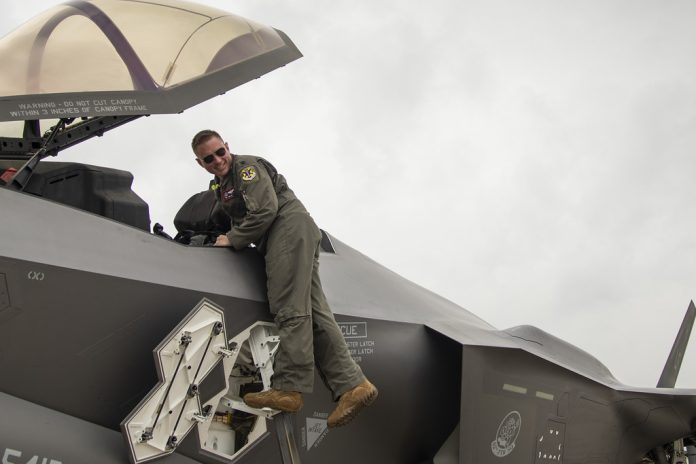
In the realm of modern air combat, where stealth capabilities are often seen as the gold standard, the F-15EX Eagle II emerges as a defiant contender. Despite its $90 million price tag, this latest iteration of the renowned F-15 platform has been ushered into the U.S. Air Force sans the stealth technology that characterizes its fifth-generation counterparts. This decision, however, is not unanimously seen as a disadvantage.

The U.S. Air Force has procured the F-15EX for roles that do not necessarily demand stealth, such as airbase defense, patrolling no-fly zones, and deploying standoff weapons.
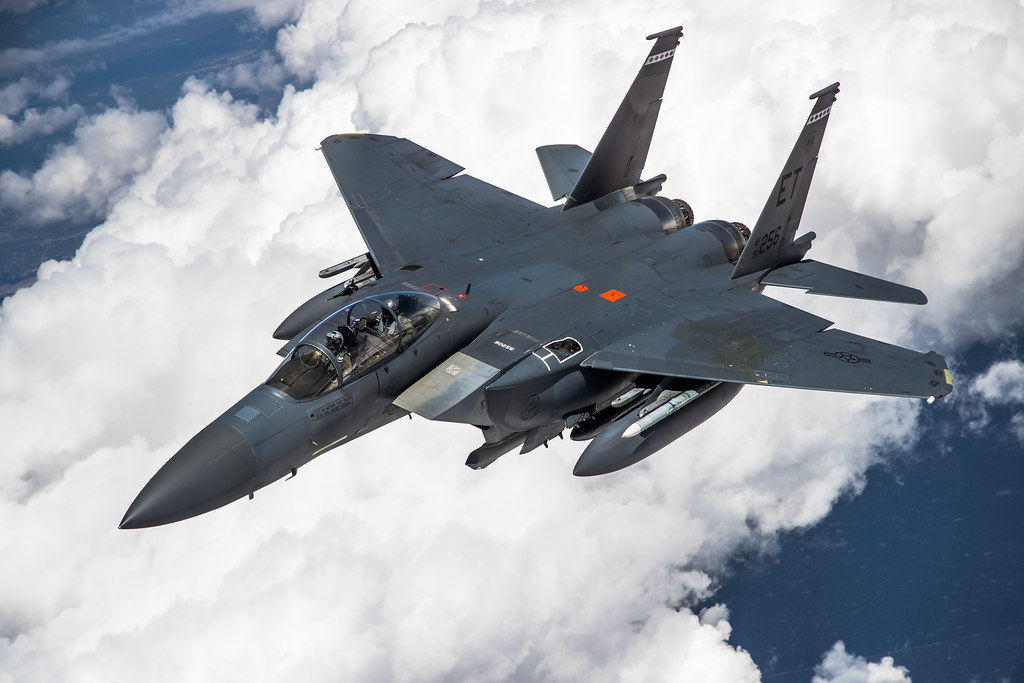
Stealth might be the new norm, but it comes at a high operational cost, and not all missions justify this expense.

The F-15EX’s mission set, focused on domestic defense and supplementing front-line stealth fighters, reflects a strategic choice rather than a deficit in capabilities.

Why, then, does the Air Force invest in a non-stealth aircraft at a time when modern air defense systems pose a significant threat to non-stealthy jets? The rationale lies in the F-15EX’s sophisticated upgrades, including an AESA radar, IRST, EPAWSS systems, and an upgraded cockpit, which extend its service life to 20,000 hours.
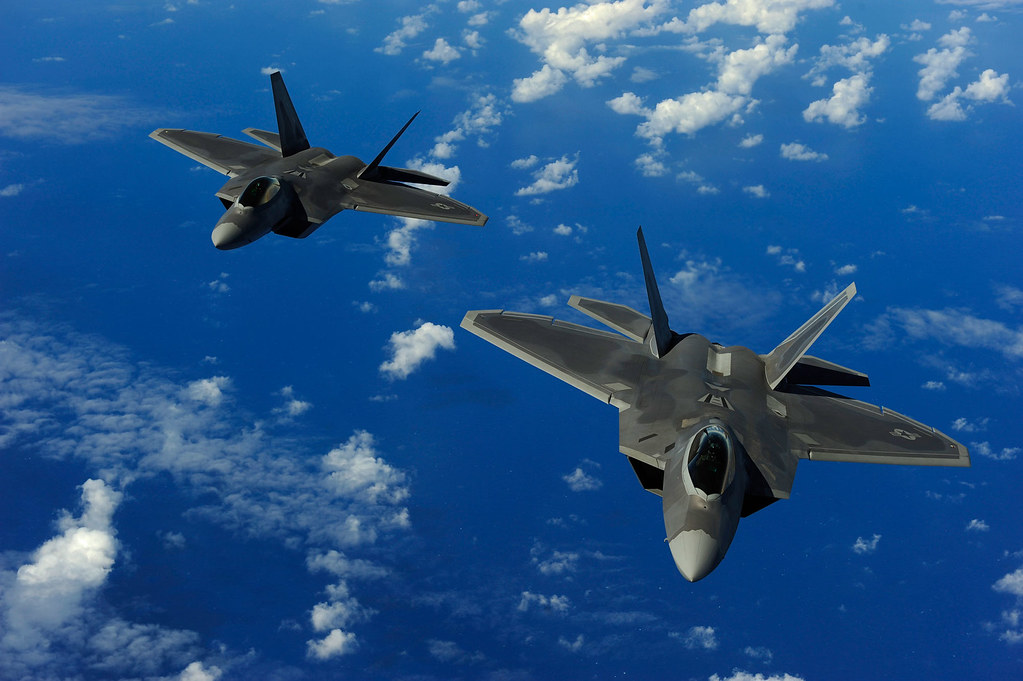
Originally intended to compensate for the limited fleet of F-22s and delays in the F-35 program, the F-15EX serves as a complementary asset, ensuring that the Air Force maintains a robust air superiority capability.
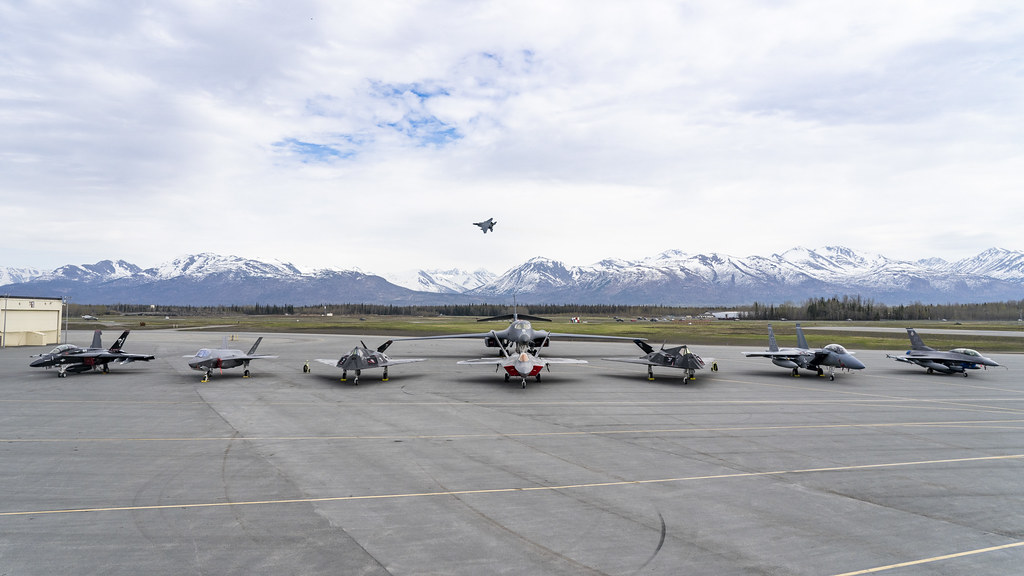
The F-15EX is more than just a stop-gap solution. It represents a strategic layering of defense capabilities, with modernized avionics and formidable firepower.
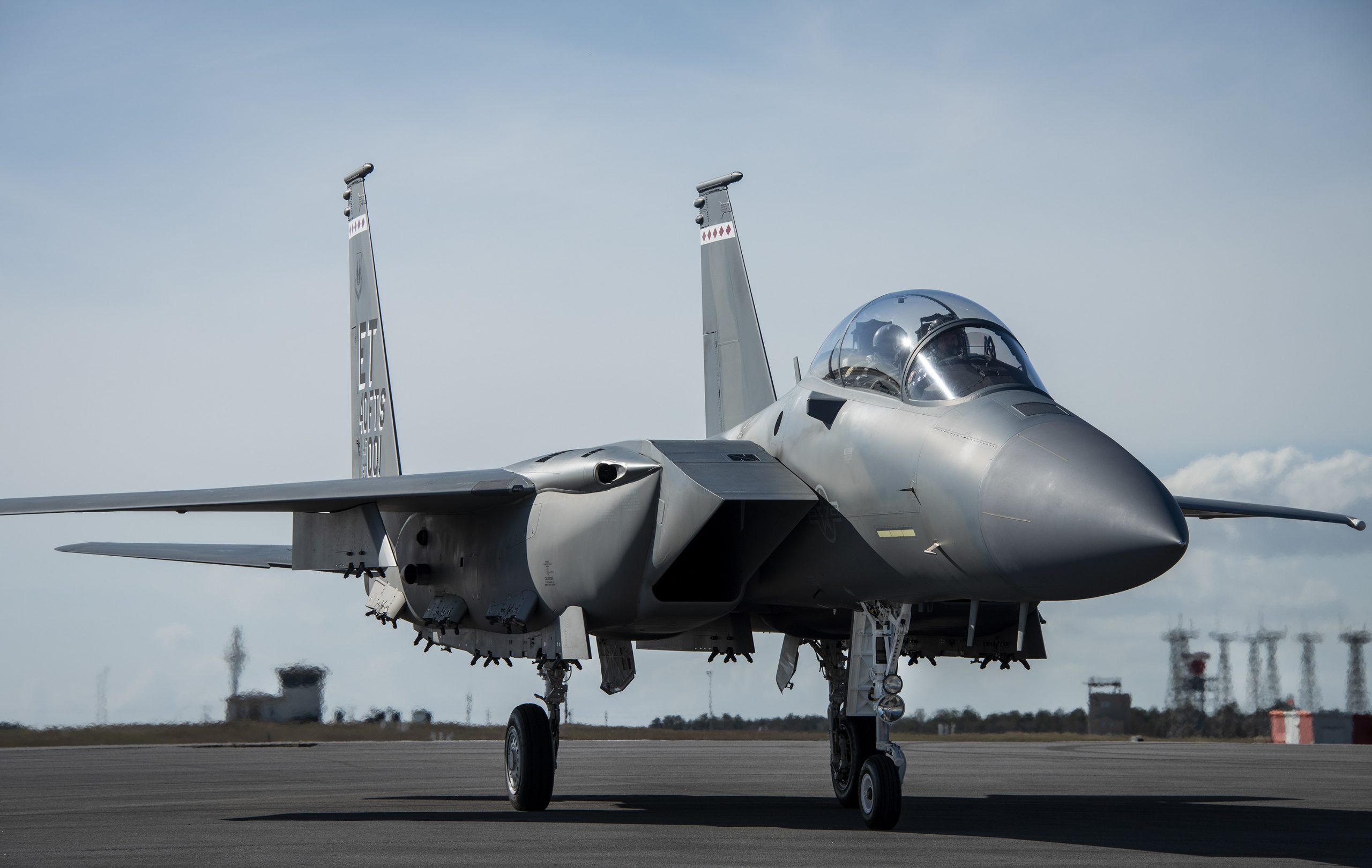
Notably, the aircraft can boast of being the deadliest Eagle to date, thanks to an investment of approximately $5 billion from foreign partners in its development.
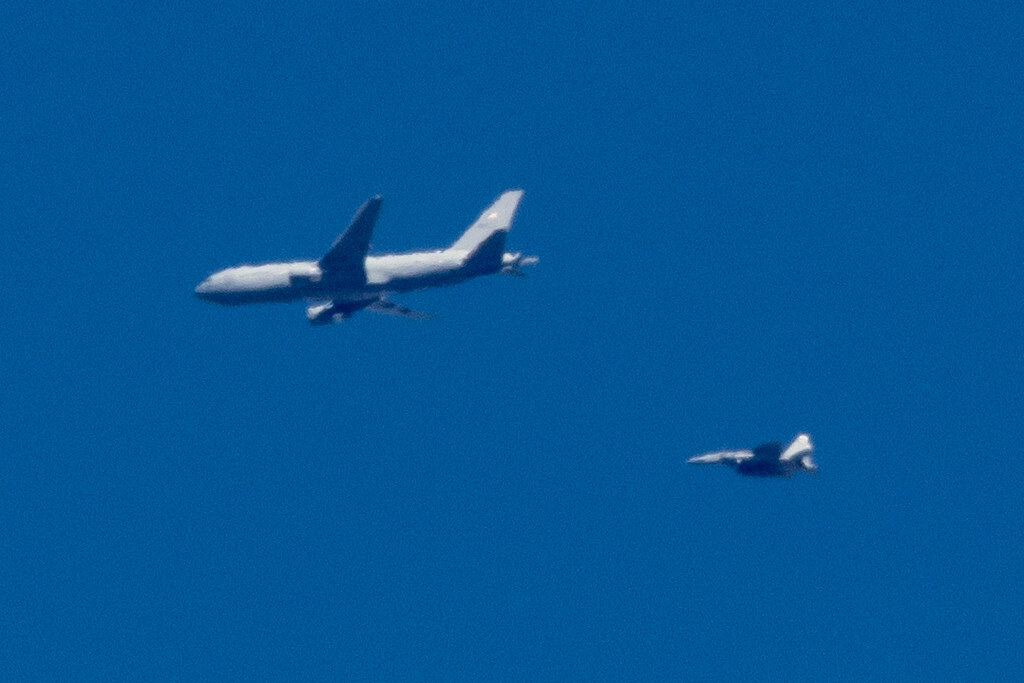
These enhancements have resulted in a jet that excels in air-to-air combat, as proven by its distinguished lineage and an impressive record of 104 victories without a single loss.
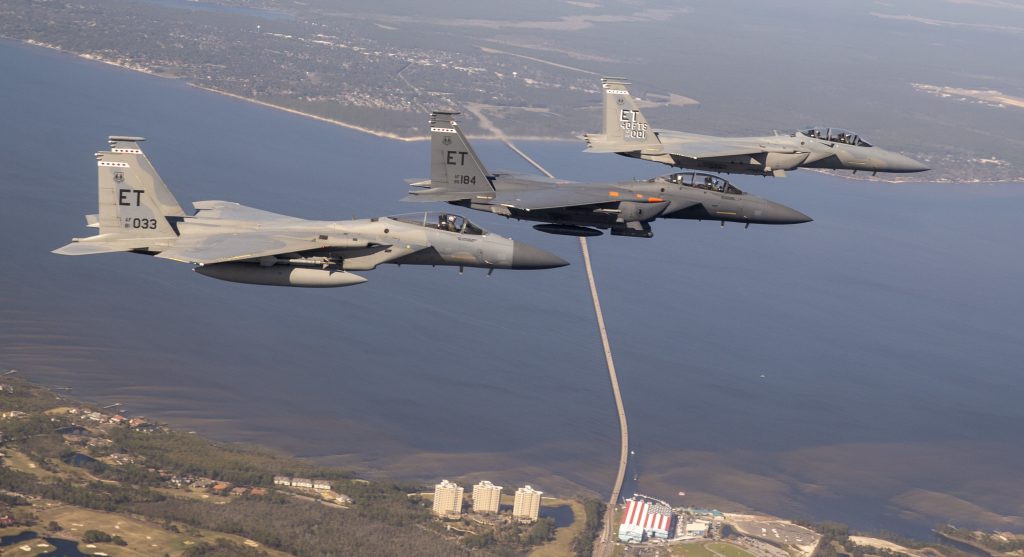
Moreover, the F-15EX’s advanced fly-by-wire control system allows for precision and performance at the edge of the aircraft’s capabilities, previously reserved for super-maneuverable thrust-vectoring fighters.
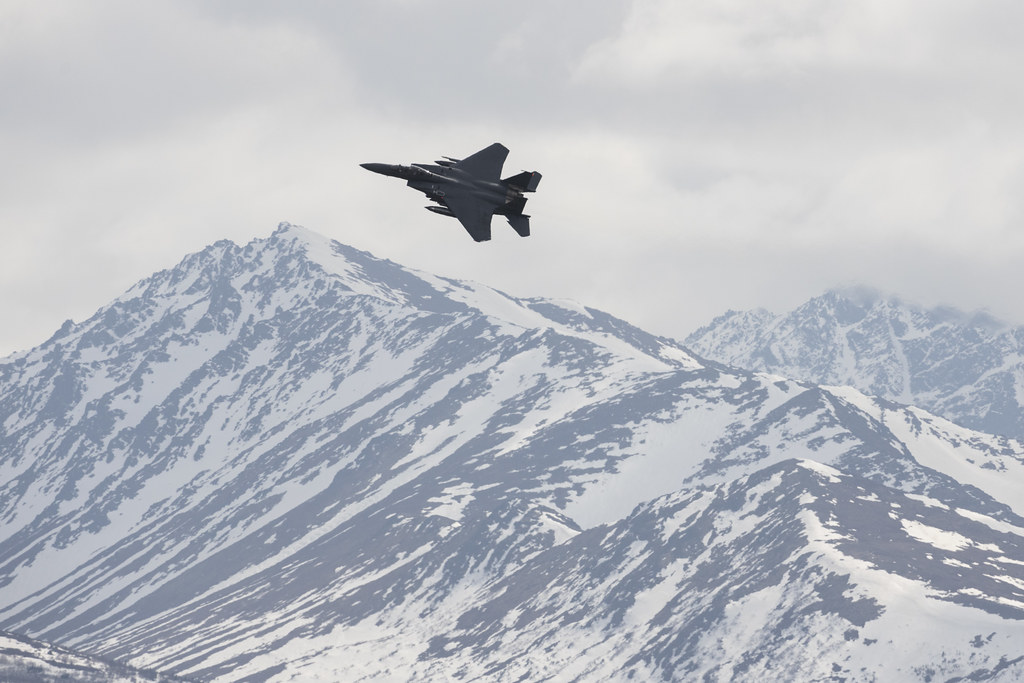
The jet’s pair of F110-GE-129 afterburning turbofan engines further accentuates its power, allowing it to perform aerobatic stunts that rival those of more advanced stealth jets.
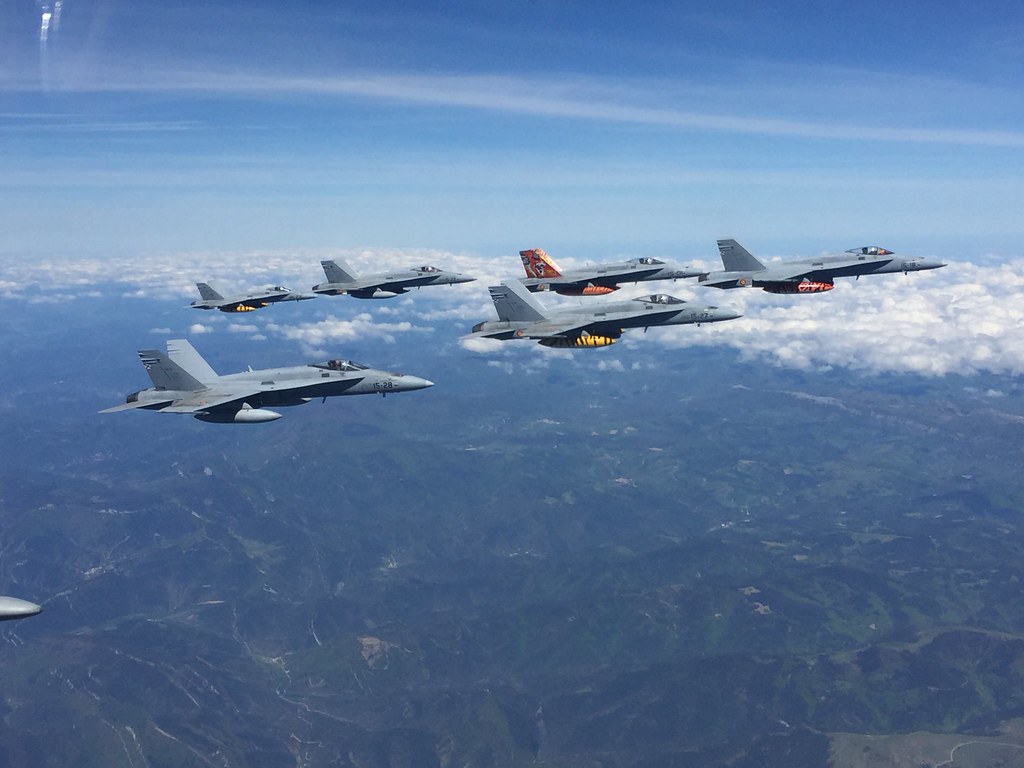
Critics have pointed out the lack of stealth as the F-15EX’s “flaw,” but the Air Force’s investment in this fighter is a testament to its strategic value.

The F-15EX may not be stealthy, but its cutting-edge technologies and firepower make it a force multiplier, capable of supporting stealth operations and defending the homeland against threats. As the Air Force plans to acquire more than 100 of these jets, primarily for Air National Guard units, the Eagle II is poised to secure its place as a key player in the U.S. military’s air defense strategy.

It’s clear that the F-15EX is not the fighter of the future; it is the fighter for the present, fully capable of holding its own alongside fifth-generation jets and within the ambit of the Next-Generation Air Dominance program.
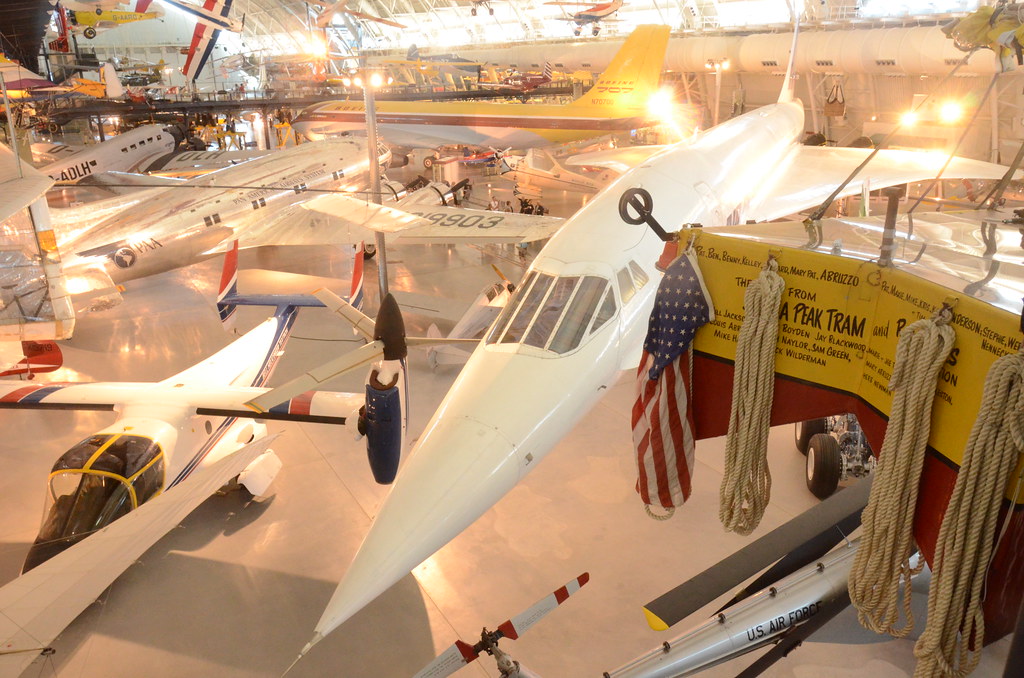
As the Air Force integrates this powerful “bomb truck” into its fleet, the F-15EX Eagle II stands as a testament to the enduring value of versatility and raw power in an age dominated by stealth.
Relevant articles:
– The F-15EX Eagle II Fighter Has One ‘Flaw’ That Can’t Ever Be Fixed, The National Interest
– Here’s why the F-15EX is the deadliest Eagle to date, Sandboxx
– Boeing F-15SE Silent Eagle: How the F-15EX Was Born?, The National Interest
